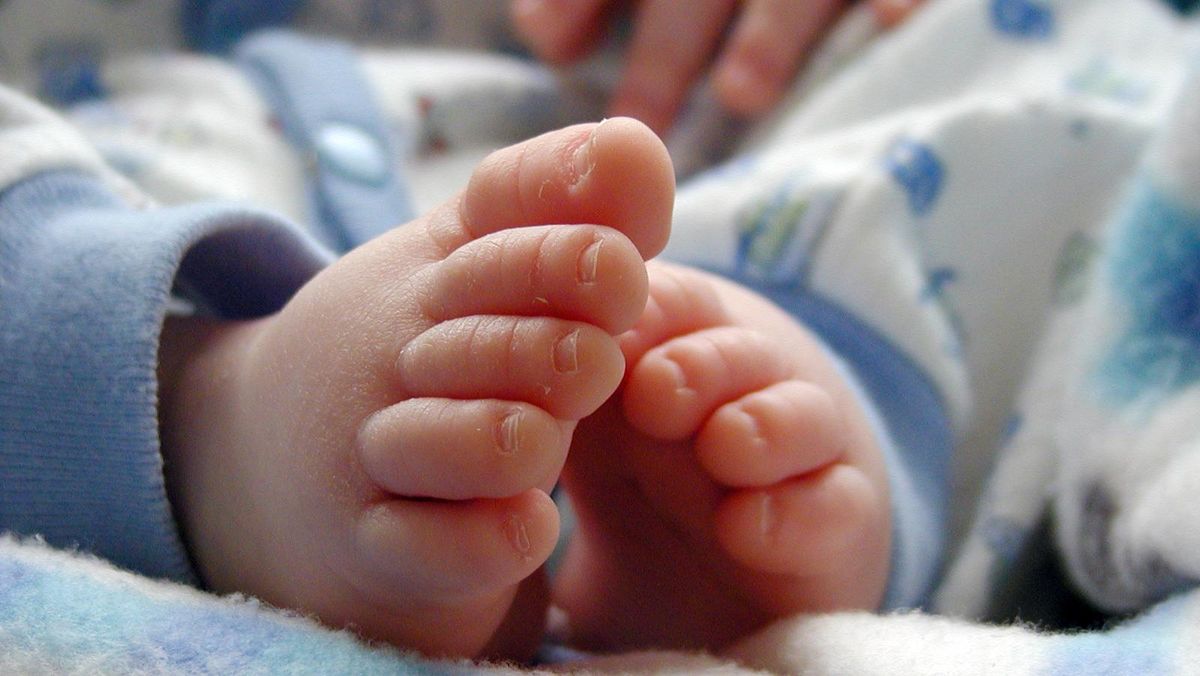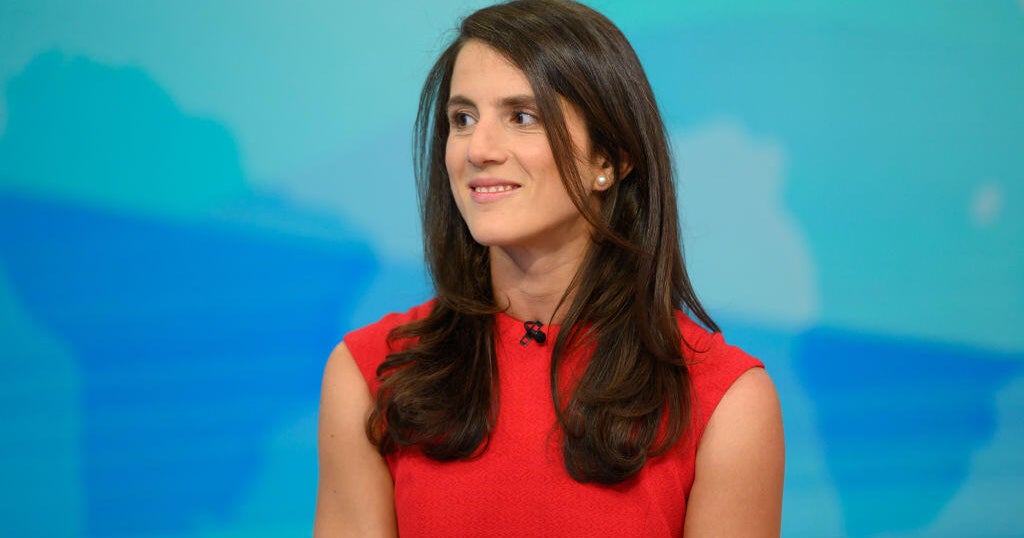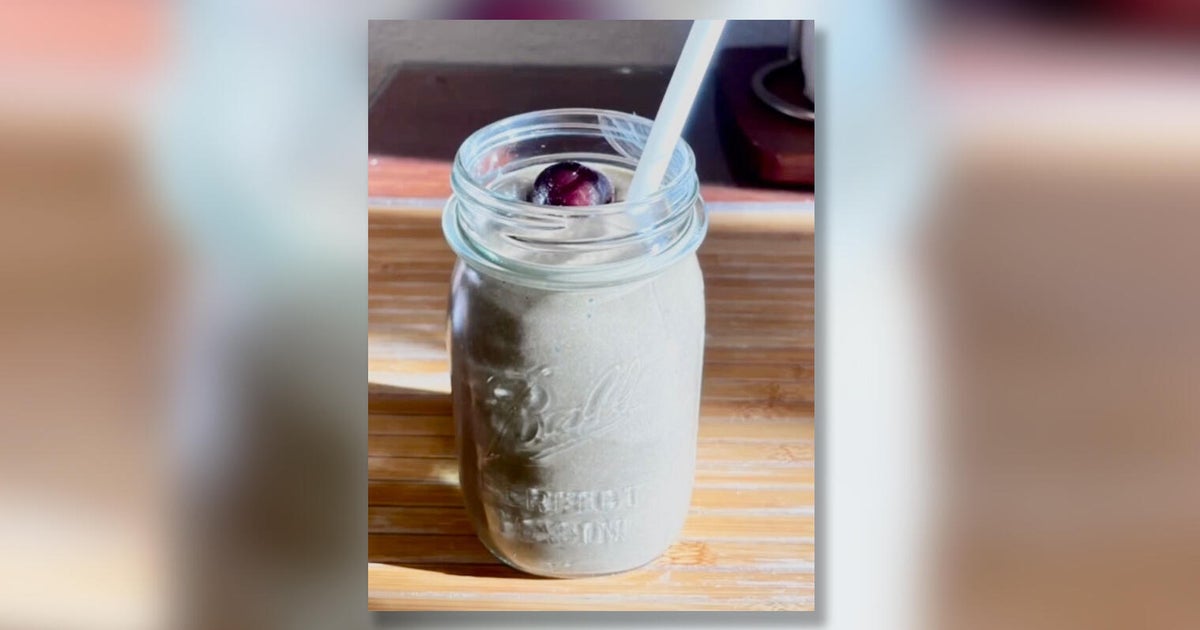As runners flew by at the Gold Coast marathon festival earlier this month, there was another race playing out behind the scenes.
Competition at running events has become a battle of the brands as they vie for their slice of the highly desirable $13 billion activewear market in Australia.

Who is winning the battle of the brands? It depends on what you’re looking for.Credit: Lululemon
Leading the pack, ASICS were the official event sponsor, with most of the winners decked out in the brand (except the wheelchair marathon winners, Madison de Rozario in Under Armour and Samuel Rizzo in Nike). This, along with nudging ahead in the innovation race, has helped ASICS cement its status as a brand for competitive athletes.
The brand has been playing catch up for this position since 2017, when Nike released its super light, super cushioned Vaporfly 4% (166 grams) resulting in many of ASICS’ elite athletes jumping ship to Nike as they sought the winning edge its new shoe tech offered.
The new super shoes unlocked a new level of performance, with one study finding that for every 100-gram addition in shoe weight, there is a 1.11 per cent decrease in running economy. When the margins between winning and losing can be less than 1 per cent, it matters.
“Winning is everything,” says ASICS Metaspeed product development project leader Shuhei Takemura.

The new Metaspeed Ray: The lightest super shoe on the market.Credit:
But it comes at a cost. On August 12, the Metaspeed™ Ray will become available for a cool $550 in Australia. Athlete Andy Buchanan wore the Ray at the Gold Coast Marathon, breaking the record for the men’s half-marathon in a time of one hour and one minute.
At 129 grams, it is the world’s lightest super shoe, taking the title from the 138 gram $750 adidas Adizero Adios Pro Evo 1, worn by 2024 Boston Marathon winner Sisay Lemma and 2023 Berlin Marathon victor Tigist Assefa. Gram for gram, these shoes are more expensive than a pair of Christian Louboutin heels.
But, activewear is about more than performance. It’s about comfort and tribalism (and, for some, whether it can pass at work or when we’re out socially).
In that race, Lululemon was arguably the winner on the Gold Coast.

Winning the brand race withing the athleisure tribe in Australia: Lululemon.Credit:
While it had no signage at the official event site, the Canadian brand’s name was plastered across a red coach ferrying people to the race and back to the QT hotel where it hosted a live recording of Australia’s top running podcast, Inside Running, and turned the second floor of the hotel into a clubhouse.
Loading
Complete with DJ, Lululemon branded cans of “volcanic filtered” water, free yoga classes, a recovery station, ice cream and coffee. It was also the location of the marathon “after party”.
It may have a handful of elite athletes in its stable, including Olympic marathoner Jess Stenson and Canadian tennis player Leylah Fernandez, but it was clear Lululemon is targeting a different market: those who like mingling as much as moving.
“Brands are competing as much on the ‘tribe’ they create as they are on performance,” says Trent Rigby, director of the retail strategy consultancy Retail Oasis.

Mingling with the running tribe: The Gold Coast Marathon after party.Credit:
“ASICS is really doubling down on its reputation for serious athletes and performance-led product, while Lululemon is owning the ‘social athlete’ and wellness space [appealing to those who see fitness as a holistic part of a lifestyle, not just sport].”
At the coming Adidas-sponsored City2Surf, New Balance is planning its own disruption campaign, targeting what Rigby refers to as “style conscious consumers and casual runners”.
“New Balance has repositioned itself brilliantly in Australia,” he says of the once “pretty daggy” brand.
In the activewear race, however, not all brands are keeping up. With its splashy branding, P.E Nation was once a favourite among the affluent. Not any more.
“P.E Nation is a great example of a brand failing to adapt to shifting consumer trends,” Rigby says. “It’s heavily branded statement aesthetic has struggled in today’s climate of ‘quiet luxury’ and understated style.”
Jaggard, the activewear brand co-founded by Bec Judd, has suffered a similar fate, says Dr Amanda Spry, from the School of Economics, Finance and Marketing at RMIT University.
“[It] has seen a decline in cultural relevance and did not seem to pivot effectively,” she says.
Instead, boutique labels with subtler branding have gained traction with the fashion-forward fitness types.
Loading
Spry points to Nimble, which she says represents “eco-conscious and wellness-minded individuals”, and Stax, “which targets body-conscious and gym-focused wearers”. Rigby adds Aje Athletica, Alo, Gym Shark and DX active to the list as well as The Upside, which he says is carving out a niche by playing to luxury athleisure.
And what of jacked brands such as Nike and Adidas?
They are still dominant players that rely heavily on their heritage, Rigby says: Adidas for its “streetwear-meets-performance” aesthetic, and Nike for its image as an innovator and cultural powerhouse.
While Nike now sponsors the Melbourne marathon festival and is targeting female runners with the Nike After Dark series, Rigby suspects the behemoth brands may be too big to build a sense of tribe in the Australian market:
“They can’t as easily create the hyper-localised and ‘authentic’ community-first feel that brands like Lululemon or smaller/boutique labels are excelling at here in Australia.”
Whether or not we choose our running shoes or activewear with fashion and tribe in mind, the way each brand markets itself seeps into our subconscious and tells a story about what type of person it represents.
“The activewear brands winning today are the ones merging performance, style and community. They’re selling a sense of belonging within a ‘tribe’,” Rigby says. “Activewear is no longer just about what you wear to train, but what your choices say about your lifestyle and values.”
Make the most of your health, relationships, fitness and nutrition with our Live Well newsletter. Get it in your inbox every Monday.
Most Viewed in Lifestyle
Loading


















































